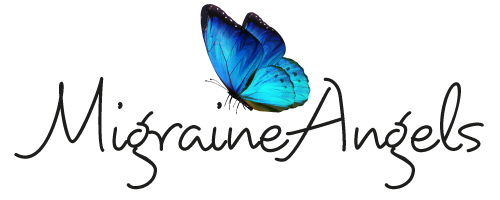Frequently Asked Questions
Q. What treatment’s do you provide ?
A. Dependant on your specific condition and your diagnosis we offer a variety of treatments tailored to you as an individual. These include physiotherapy , lifestyle management , medication review, complimentary therapies and also the use of Botox®( anobotulinium toxin A) for the specific treatment of chronic migraine.
Q. What is Botox®?
A. Botox® is a purified protein that is made from a type of bacteria called Clostridium botulinum. A highly dilute preparation of botulinum toxin type A (Botox®) was introduced in clinical practice in the 1970s and 1980s to treat squint (strabismus) and blepharospasm. Since then it has found uses in other areas of medicine including dystonia (including writer’s cramp), post-stroke spasticity, and hyperhidrosis
Q. What is the treatment using Botox® for Chronic Migraine relief ?
A .The treatment was approved for use by the NHS by NICE (National Institute for Clinical Excellence) and involves Botox® being injected into 31-33 specific sites in the head neck and shoulders. You will only need to have this treatment once every 12 weeks.
Q. Is it safe ?
A. Yes, administered correctly Botox® is a really safe and effective treatment with no reported major side effects.
Q. What are the side effects ?
A. Common side effects( occur in less than 1 out of 10 people but more than 1 out of 100 people who use the medicine) : headache, migraine ,rash ,itching , pain where injection was given , drooping of the eyelid , muscle weakness, neck pain, muscle pain, cramp, muscle stiffness, tightness.
Uncommon side effects (occur in less than 1 out of 100 people but more than 1 in 1000 people who use the medicine) skin pain, jaw pain, difficulty in swallowing , swollen eyelid.
Q. How do I know if this treatment works ?
A. Two Phase 3 Research Evaluating Migraine Prophylaxis Therapy (PREEMPT) trials recruited 1384 patients with chronic migraine, and randomised them to treatment with Botox® or placebo. These patients were suffering on average 20 days of headache each month, of which 18 were moderate or severe. Those randomised to Botox® received fixed-site, fixed dose injections every 12 weeks over 56 weeks. These injections covered seven specific areas of the head and neck, with a total dose of between 155-195 units. At six months, after two cycles of treatment, those treated with Botox® had on average eight less days of headache each month. After 12 months, 70% of those treated had ≤50% the number of headaches that they had done originally.
Q. How does Botox® work ?
A. The simple answer is that we don’t know – yet. Unlike many of the other conditions in which it is used, it is not thought to work by relaxing overactive muscles. Botulinum toxin has been shown to reduce pain in a number of disease states, including cervical dystonia, neuropathic pain, lower back pain, spasticity, myofascial pain, and bladder pain. Botulinum toxin is believed to inhibit the release of peripheral nociceptive neurotransmitters, which may then have a knock-on effect on the central pain processing systems that generate migraine headaches.
Q. How does physiotherapy work for treatment of migraines ?
A. Physiotherapy can be very useful when addressing headaches and migraine as sometimes symptoms may arise from postural abnormalities, soft tissue and joint dysfunctions in the upper cervical spine (usually called cervicogenic headaches) and as a result of tension in the upper back and neck. We use many different techniques and modalities to assess, find the cause of the headaches and treat them accordingly. As well as manual techniques, we also use exercise therapy, postural re-education strategies and quite often acupuncture, to help manage pain and discomfort, as part of a holistic physiotherapeutic approach to patient management.
If you wish to ask us a specific question, please fill out the form below – we will endeavour to answer as accurately and promptly as possible:
